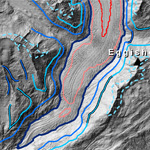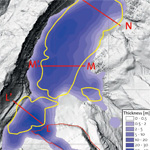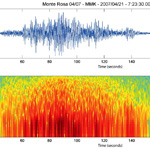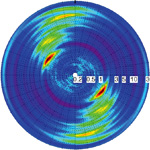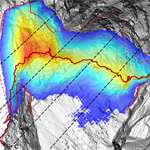Dynamics of rock arches
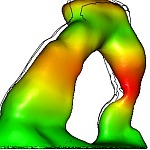
Rock arches are dynamic natural features that bend, sag, sway and shake in response to different environmental forcings. We use ambient vibration seismic measurements to study the dynamics of natural rock arches, some of which are prominent landmarks. Our goal is to understand how arches respond to their environment (e.g. thermal stresses), and ultimately discern changes in internal strength over time. Resonance characteristics are a function of the arch’s overall mass and stiffness, and monitoring over time can provide indicret evidence of internal change. We simulatenously monitor in-situ deformation and rock temeprature at select sites. Our research will lead to new understanding of the life-cycle of natural arches, their response to external loads, and failure processes leading to their eventual collapse.
